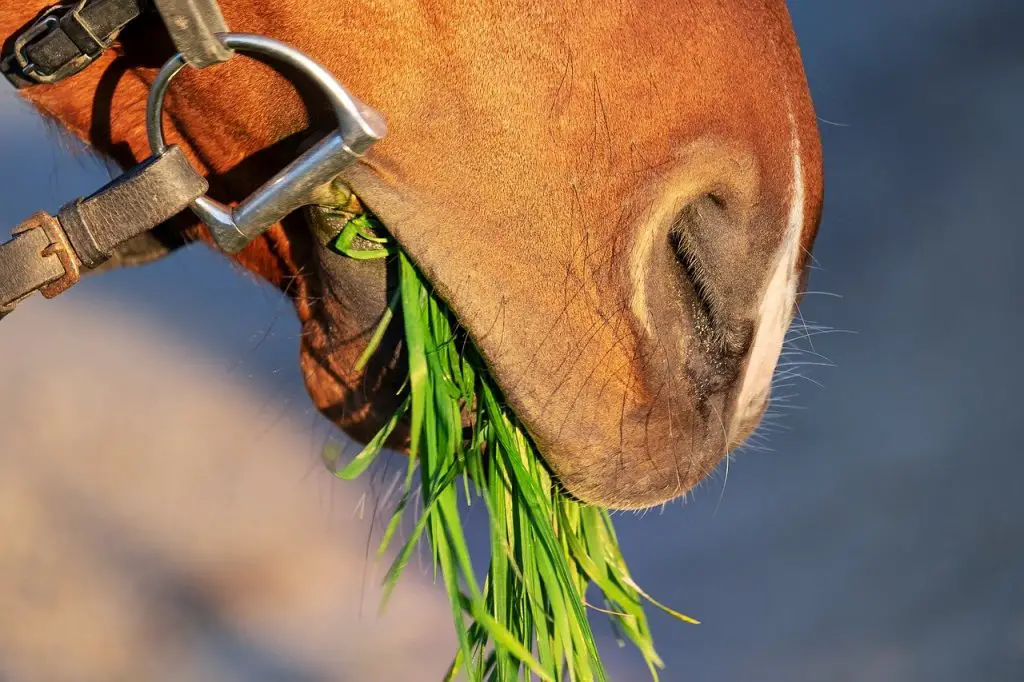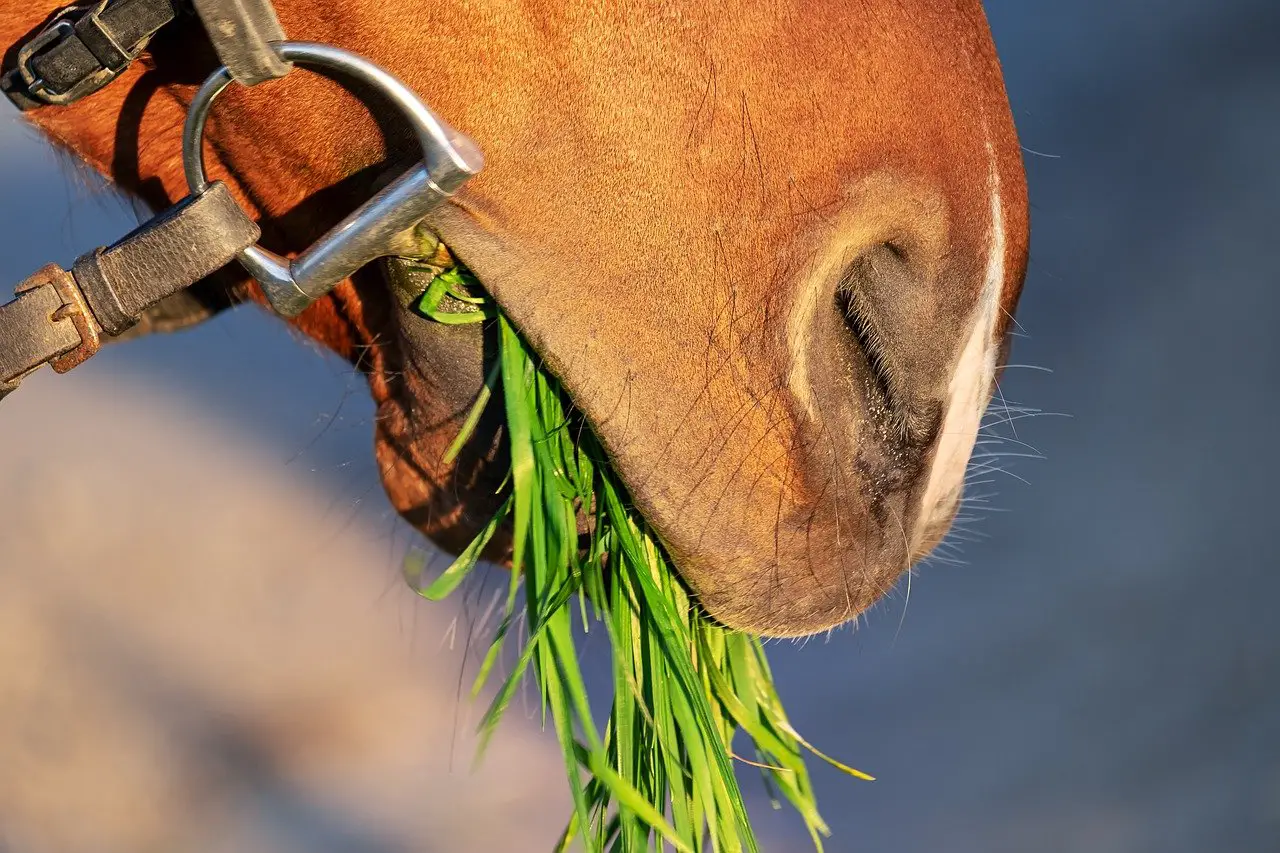Last Updated on April 5, 2022 by Allison Price
A researcher has questioned the effectiveness of a cornerstone treatment to treat equine gastric problems. He believes that a revision is necessary over diet recommendations and current blanket dosing guidelines for omeprazole.
Equine squamous stomach disease is a condition that affects the upper portion of the stomach. There, tissues have very limited defense mechanisms against acid. Equine glandular stomach disease is a condition that affects the lower acid-producing part of the stomach. There, cells have normal protection mechanisms against lower pH levels. Research shows that gastric ulcers can occur in both the lower and upper parts of the stomach. Both of these diseases are common in horses.
University of Queensland Associate Professor Ben Sykes has a special interest in gastric ulcers and horses. He argues in the journal Equine Vet Education, that the current blanket recommendations for omeprazole dosing should be replaced with individual plans that take into account each horse’s specific diet and response to the drug.
No matter the cause, stomach acid suppression is the key treatment. Oral omeprazole has been used for almost 20 years to treat equine gastric ulcer syndrome. However, horses with equine gastric disease (equine squamous) and horses with equine glandular disease (equine glandular disease) fail to heal according to current treatment guidelines.

Sykes focuses on equine stomach disease, which affects the upper stomach. While the healing rates for oral omeprazole cases are between 70-85% and 85% after a four-week period, little attention was paid to the 15%-30% that did not heal within this time. He writes that it is not clear if these cases are due to failure to address risks such as diet or exercise, or whether there have been sub-therapeutic reactions to oral omeprazole. Recent evidence shows that healing can occur regardless of exercise and diet risk factors if sufficient acid suppression is achieved. These upper lesions persist after oral omeprazole have been attributed to insufficient acid suppression.
Sykes refers to ulcers that affect the lower acid-producing stomach. He says the mechanism of these lesions is not well understood and the risk factors are not fully explained. These lesions are thought to be caused by a breakdown in normal stomach defense mechanisms and the exposure to acidic tissues. These cases often respond poorly to oral omeprazole, although the reasons are still unknown.
Sykes suggests that there are four factors that could contribute to the low healing rate.
- Inadequate acid suppression;
- Inadequate treatment duration;
- It is important to recognize the need for support therapy.
- Acid suppression or not, it is important to determine if acid suppression is the primary mechanism for healing ulcers.
Sykes says it is crucial to understand the factors that influence omeprazole performance in order to tailor treatment plans for those affected. Sykes states that there are several factors that can affect the effectiveness of oral omeprazole.
He says that the importance of diet in the performance and safety of omeprazole was not fully understood until recently.
The current recommendations recommend that you provide plenty of dietary raw material, but it does not differentiate between the therapeutic and preventative stages in managing ulcers.
He suggests that this is a mistake in clinical reasoning and inconsistent with the current evidence about the significant effect that feeding has upon omeprazole efficacy and absorption.
Research has shown that horses who have their feed kept withheld overnight had a lower bioavailability of buffered forms of omeprazole if they are fed at their will (ad libitum).
Acid suppression in horses who receive unlimited hay is also less than horses who are fed a high-grain/low-fiber diet that includes an overnight fast and omeprazole two hours before their morning feed.
He says that the current recommended dosages of omeprazole for horses fed ad-libitum hay are likely to prove ineffective in certain animals.
He recommends that recommendations be updated to state that omeprazole should always be administered after an overnight fast. This small change in management can significantly increase the efficacy and safety of oral omeprazole for many patients.
“Ad libitum roughage is an appropriate part of prevention management once omeprazole treatment has been completed. However, concurrent oral omeprazole therapy for prevention is not necessary.
“It’s likely,” he says, “that the time of feeding is important for the drug to be effective.” He recommends that you withhold feed overnight, administer omeprazole in the morning, and then give a large, roughage-based food 60-90 minutes later. Then, provide any necessary grain/supplement feeding.
He believes that each horse’s individual response is more important than any other factor when tailoring treatment. He believes that each horse should be treated with the same dose, with the aim of finding the most effective dose given to it under the specific circumstances.
He concludes by arguing that more attention should be paid to the effect of feeding on drug absorption as well as the role of individual dose responsiveness within horses.


